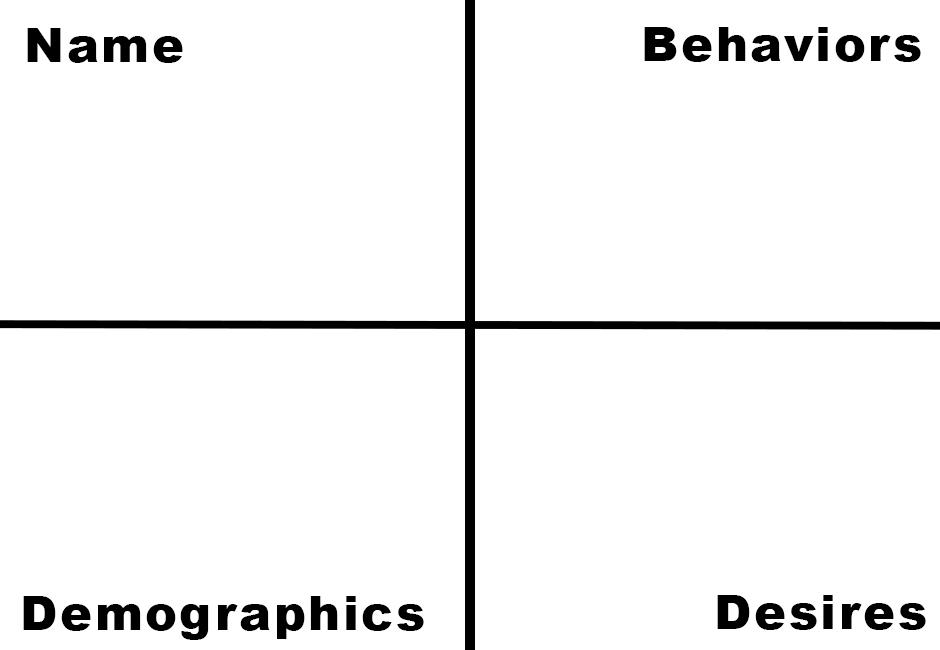The ‘no time, no money’ guide to branding
– inspired by designing for early stage startups.
This Brand Positioning Workbook is an AMAZING tool which really can help you to define and understand your business, your audience, your competition, and YOUR point of differentiation.
In this article, we will be running through this for you but we encourage you to download the workbook and really sit and spend sometime working on this. Here’s the download!
The Positioning Statement Framework
First up, please follow this framework and write your own positioning statement. Here is the structure:
For target audience
Who statement of desire,
Brand name is a genre/category, that statement of satisfaction.
Unlike similar brands,
Brand name is statement of primary differentiation.
Questions for Your Positioning Statement
- What is your Brand name?
- What is your genre or category of Business?
- Who is your target audience? It’s helpful to use proto-personas to really get inside these people’s heads, because what’s much more important and powerful than demographics, are these people’s behaviors and desires.
- What are the demographics of your audience?
- What are the behaviors of your audience?
- What are the desires of your audience?
- What’s your statement of desire? (In branding, we call this the “opportunity” – this is where you get inside the heads of your fans and think – what do they want? What do they desire? Why is my product/service special to them?)
- Who are the Brands that are similar to you? (In branding, we call this your competition though they are not always literally competition! They may very well be your friends – and you may bolster each other’s growth and audiences! But, they are important to look at so you can find a key differentiator because people value uniqueness. Mapping out this competition is called competitive analysis.)
- What is your statement of satisfaction? (In branding, we call this a “key benefit” – this is what you have to offer that your competition doesn’t, it’s your secret sauce, and the one thing you are going to keep delivering on no matter what.)
Proto Personas
Proto-Personas are part of the Lean UX toolkit, for more information check out the book ‘Lean UX: Designing Great Products with Agile Teams’, by Jeff Gothelf and Josh Seiden
